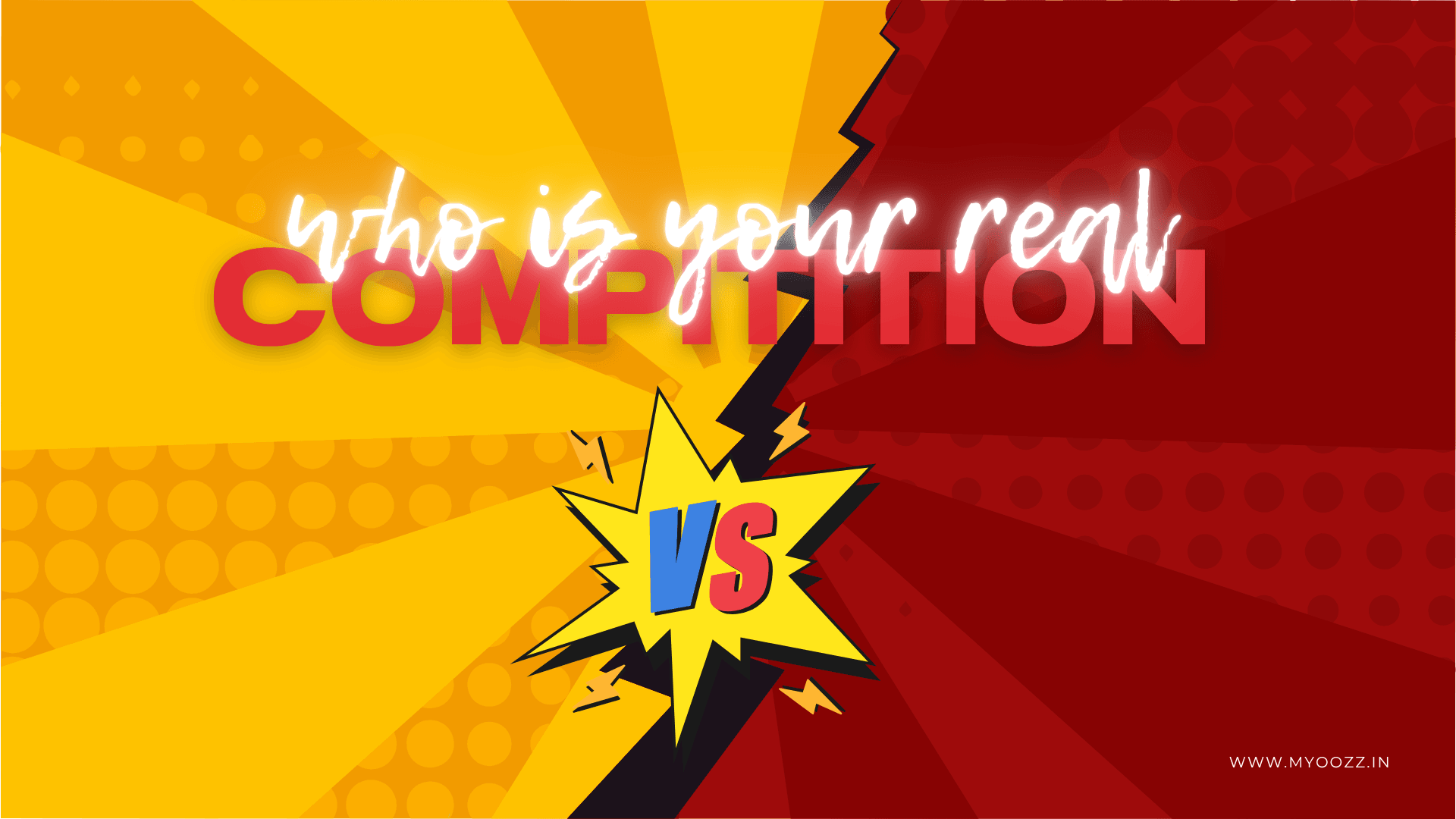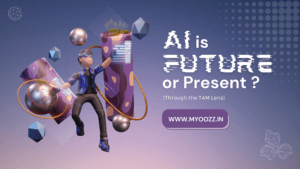Recently, I watched an insightful video where someone said Maggi’s biggest competitor isn’t another noodle brand like Sunfeast Yippee, Top Ramen, Knorr, and Wai Wai —but rather food delivery services like Swiggy or Zomato, delivering fresh food any time of day or night. This really resonated with me.
How we were taught it’s Indirect Competition
In marketing, we call this phenomenon indirect competition or Jobs-to-be-Done (JTBD). This means people don’t just buy products—they hire solutions to fulfill specific needs or tasks.
Think about it:
Netflix’s competition isn’t just JioHotstar or Amazon Prime—it’s your sleep.
Coffee’s competition isn’t only tea—it’s power naps to rejuvenate organically.
Uber doesn’t just compete with taxis but also staying home with family.
What does it mean for brands?
As marketers, we need to shift perspective:
Understand the real “job”: Identify exactly what problem your product solves for your consumer.
Explore all alternatives: Recognize that alternatives might not always be within your product category.
Be Flexible: Constantly innovate how you offer solutions, making sure your product remains relevant as consumer habits change.
The Maggi Example:
Maggi noodles were all about solving hunger quickly. Today, a hungry customer might skip Maggi entirely if a meal can arrive at their doorstep just as fast. To stay relevant, Maggi could focus on nostalgia, convenience, or healthier ingredients to differentiate itself from freshly delivered food.
How do we adapt?
As the landscape changes, marketers must redefine how we see competition—by understanding deeply what consumers need and delivering on that effectively.
It’s a good reminder: your next competitor might not be a brand you even thought about.
#MarketingInsights #IndirectCompetition #ConsumerBehavior #BrandStrategy #RealTalk #JobsToBeDone #MyoozzInsights




Comments